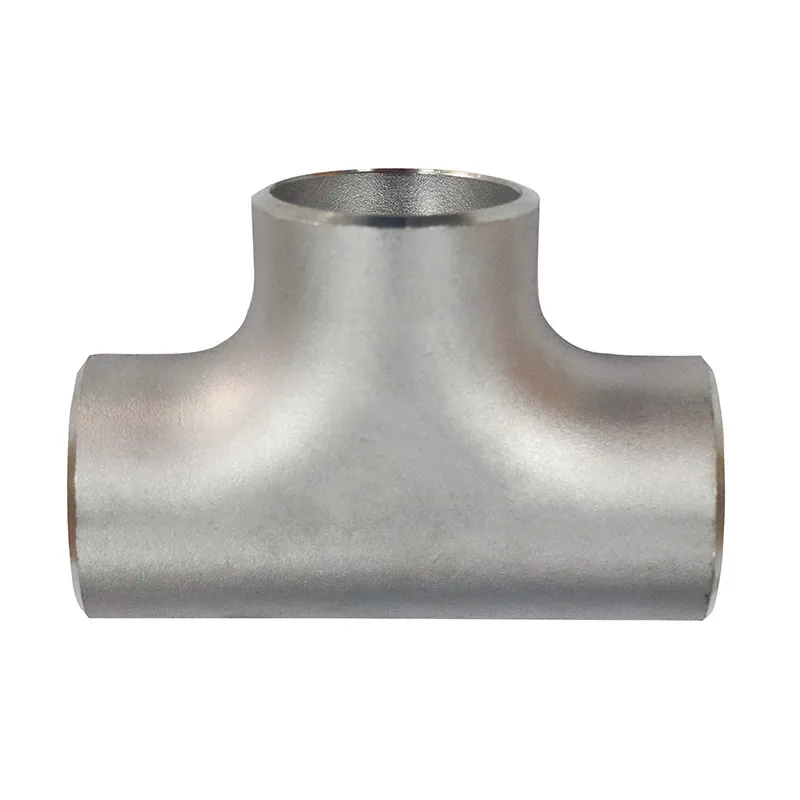-
Cangzhou Yulong Steel Co., Ltd.
-
Phone:
+86 13303177267 -
Email:
admin@ylsteelfittings.com
- English
- Arabic
- Italian
- Spanish
- Portuguese
- German
- kazakh
- Persian
- Greek
- French
- Russian
- Polish
- Thai
- Indonesian
- Vietnamese
- Zulu
- Korean
- Uzbek
- Hindi
- Serbian
- Malay
- Ukrainian
- Gujarati
- Haitian Creole
- hausa
- hawaiian
- Hebrew
- Miao
- Hungarian
- Icelandic
- igbo
- irish
- Japanese
- Javanese
- Kannada
- Khmer
- Rwandese
- Afrikaans
- Albanian
- Amharic
- Armenian
- Azerbaijani
- Basque
- Belarusian
- Bengali
- Bosnian
- Bulgarian
- Catalan
- Cebuano
- China
- China (Taiwan)
- Corsican
- Croatian
- Czech
- Danish
- Esperanto
- Estonian
- Finnish
- Frisian
- Galician
- Georgian
- Kurdish
- Kyrgyz
- Lao
- Latin
- Latvian
- Lithuanian
- Luxembourgish
- Macedonian
- Malgashi
- Malayalam
- Maltese
- Maori
- Marathi
- Mongolian
- Myanmar
- Nepali
- Norwegian
- Norwegian
- Occitan
- Pashto
- Dutch
- Punjabi
- Romanian
- Samoan
- Scottish Gaelic
- Sesotho
- Shona
- Sindhi
- Sinhala
- Slovak
- Slovenian
- Somali
- Sundanese
- Swahili
- Swedish
- Tagalog
- Tajik
- Tamil
- Tatar
- Telugu
- Turkish
- Turkmen
- Urdu
- Uighur
- Welsh
- Bantu
- Yiddish
- Yoruba

ਅਗਃ . 10, 2024 01:05 Back to list
Exploring the Techniques and Benefits of Sand Casting in Modern Manufacturing Processes
The Art and Science of Sand Casting A Timeless Manufacturing Technique
Sand casting, one of the oldest and most versatile metal casting processes, dates back to ancient civilizations where artisans crafted intricate metal objects using simple yet effective methods. Today, it remains a critical technique in various industries, from automotive to aerospace, due to its ability to create complex shapes with excellent dimensional accuracy and surface finish.
At its core, sand casting involves forming a mold from a mixture of sand, water, and a binding agent. The first step in the sand casting process is creating the mold by compacting the sand around a pattern that replicates the desired object. Patterns can be made from various materials, including metal, plastic, or wood, and can be single-use or reusable depending on the production requirements. Once the mold is formed, the pattern is removed, leaving a cavity that defines the shape of the final product.
The choice of sand is crucial in the sand casting process. Silica sand is the most commonly used type due to its properties of refractoriness, permeability, and cohesiveness. The sand's ability to retain its shape after being compressed is vital for ensuring that the mold can withstand the molten metal's pressure during casting. Various additives, such as clay and chemical binders, can enhance the sand's characteristics, allowing for finer detail and smoother finishes.
After mold preparation, the next phase involves melting the metal to be cast. This metal can range from aluminum and bronze to iron and stainless steel, each selected based on the final product's mechanical properties and application. The molten metal is then poured into the mold cavity, where it cools and solidifies, taking the shape of the mold. This step requires precise temperature control to avoid defects like porosity or incomplete filling, which can compromise the structural integrity of the cast piece.
sand cast

Once the metal has cooled sufficiently, the mold is broken away to reveal the finished product. This demolding process requires careful handling to prevent damage to the newly formed part. After demolding, additional processes such as trimming, grinding, and machining may be necessary to achieve the final specifications and surface finish required.
One of the significant advantages of sand casting is its cost-effectiveness, especially for low-to-medium production runs
. The molds can be crafted relatively quickly, making it an appealing option for manufacturers looking to produce complex parts without the lead time associated with more advanced techniques like injection molding. Moreover, the flexibility of sand casting allows for modifications and alterations to be made easily during the production process, accommodating design changes and new ideas.However, sand casting is not without its challenges. Achieving consistent quality can be difficult, particularly in high-volume production settings. Factors such as sand quality, moisture content, and pattern design can all influence the final outcome. Additionally, the process may result in surface imperfections that could require further processing.
Despite these challenges, advancements in technology, such as computer-aided design (CAD) and computer numerical control (CNC) machining, have enhanced the sand casting process's efficiency and precision. These innovations have enabled manufacturers to optimize mold designs, reduce lead times, and ultimately improve product quality.
In conclusion, sand casting remains a vital manufacturing process deeply rooted in tradition yet adaptable to modern technological advancements. Its ability to produce intricate designs while accommodating a wide range of materials ensures its place in contemporary manufacturing industries. As engineers and manufacturers continue to innovate, sand casting will undoubtedly evolve, preserving its significance in the world of metal casting for years to come.
Latest news
-
ANSI 150P SS304 SO FLANGE
NewsFeb.14,2025
-
ASTM A333GR6 STEEL PIPE
NewsJan.20,2025
-
ANSI B16.5 WELDING NECK FLANGE
NewsJan.15,2026
-
ANSI B16.5 SLIP-ON FLANGE
NewsApr.19,2024
-
SABS 1123 FLANGE
NewsJan.15,2025
-
DIN86044 PLATE FLANGE
NewsApr.19,2024
-
DIN2527 BLIND FLANGE
NewsApr.12,2024
-
JIS B2311 Butt-Welding Fittings LR/SR 45°/90° /180°Seamless/Weld
NewsApr.23,2024











